On land, the brown pelican is a large, awkward looking bird. But when a pelican takes flight with its seven-foot wingspan, the bird is powerful and graceful as it glides through the air. And the pelican is a fierce hunter.
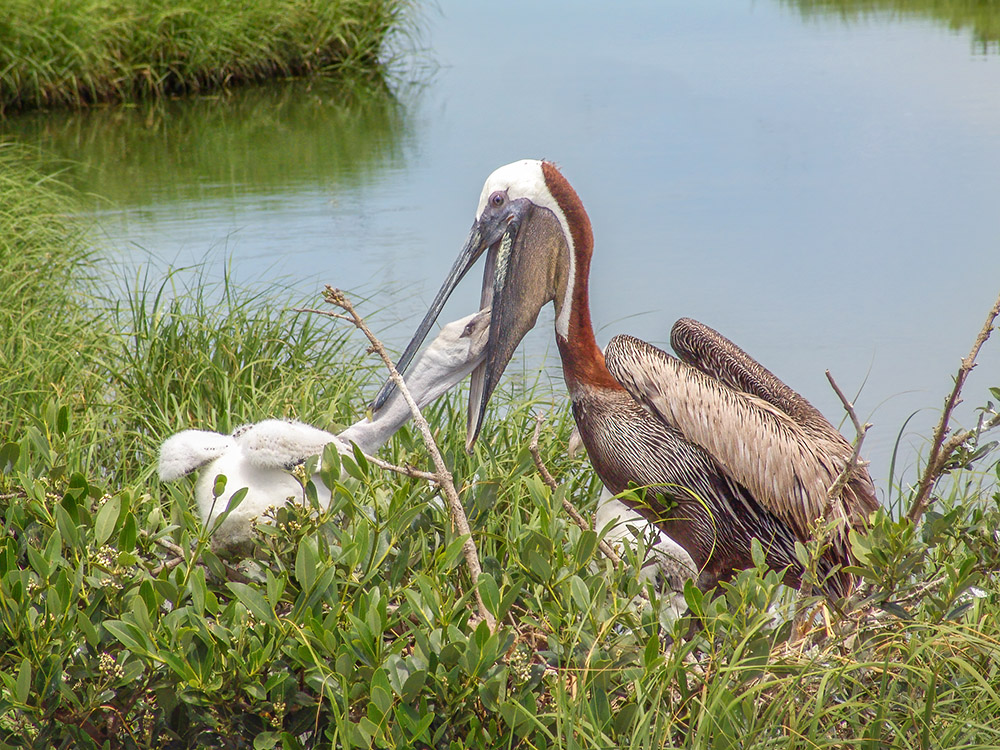
brown pelicans vanished from louisiana
A pelican feeding its young hatchlings has been the centerpiece of Louisiana’s state flag since 1912. But it didn’t become the official state bird until 1966. Coincidentally, that designation occurred as the brown pelican was disappearing from Louisiana. Scientists determined that the pesticide DDT was the culprit. The chemical, widely used in farmlands that drained into the Mississippi River, ended up in the pelican’s diet of small fish. The pesticide caused a thinning of the pelican’s eggshells. Pelicans sitting on their nest ended up destroying the fragile eggs. With the banning of DDT, an aggressive restocking program returned the pelican to coastal Louisiana.
from zero to hero
Wildlife and fisheries biologists moved pelicans from Florida to barrier islands along the Louisiana coast. And now, more than 50 years later, Louisiana’s pelican population has soared from zero nesting pairs in the 1960’s, to an estimated 100,000 birds today.
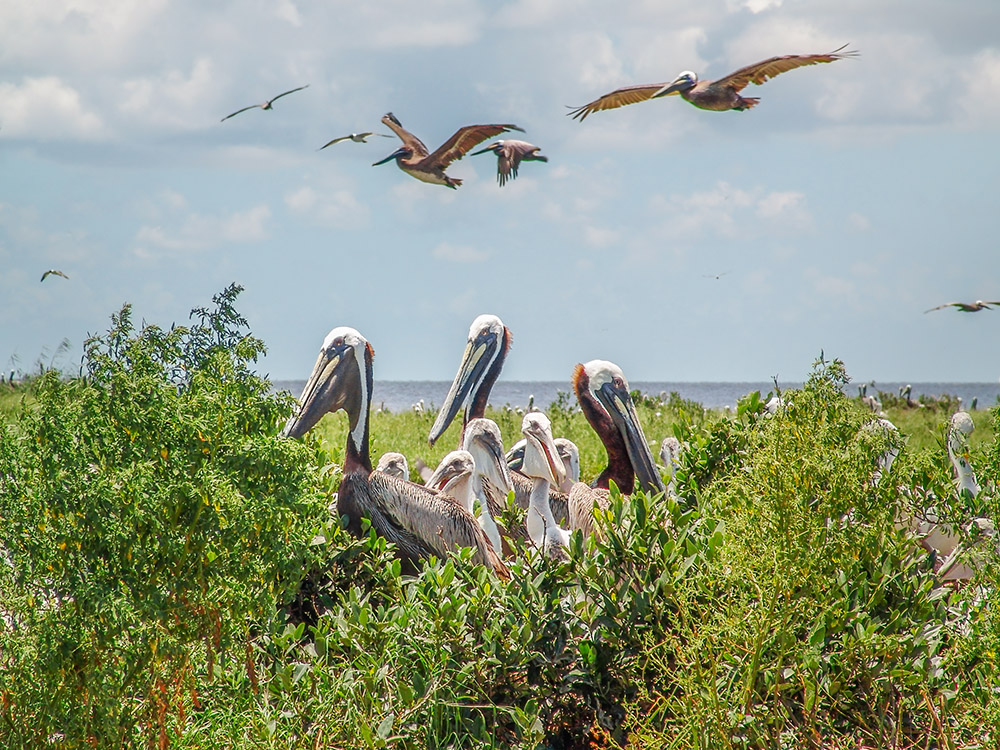
A president moved to preserve the brown Pelican
In 1904, U.S. President Theodore Roosevelt signed an executive order creating the Breton National Wildlife Refuge on Louisiana’s barrier islands. Breton became the second-oldest refuge in the United States. Roosevelt, an avid sportsman and conservationist, created the refuge at the urging of the National Audubon Society as a way to protect Breton’s birds from poachers.
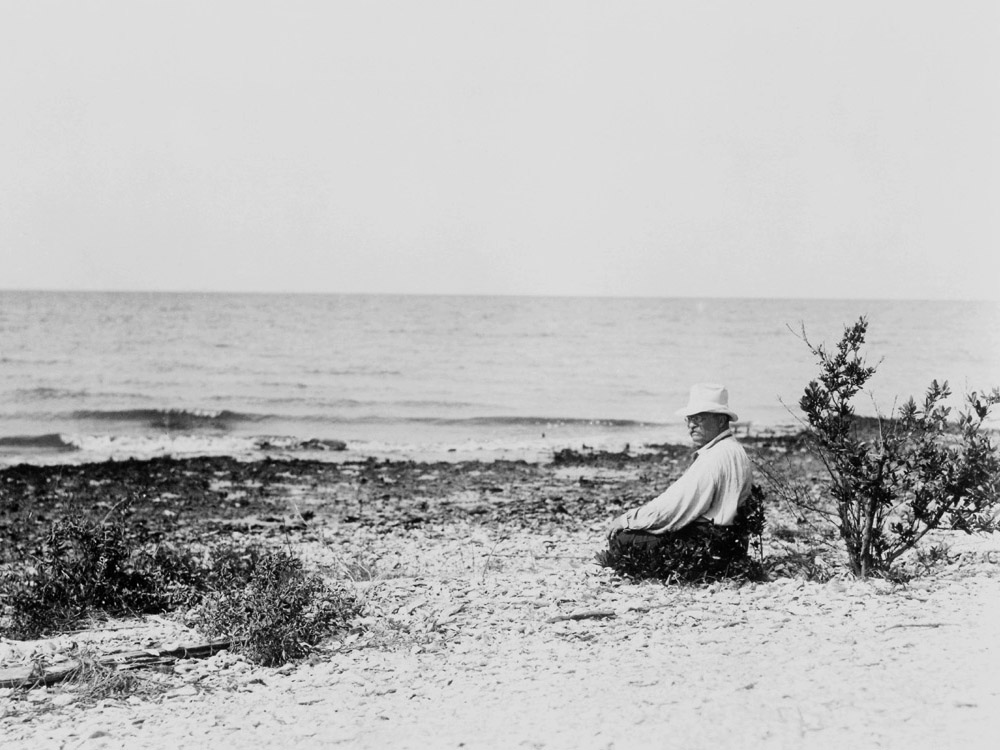
Former President Theodore Roosevelt traveled to Breton Island in 1915 to observe the birds of the wildlife refuge. He marveled at the abundance of pelicans. “The sky above was alive with the graceful, long-winged things,” Roosevelt wrote in a journal he named A Book Lover’s Holiday in the Open. Roosevelt wrote about pelicans winging their way homeward, and noted that the loss of these birds, “is like the loss of a gallery of the masterpieces of the artists of old time.”
watching the aerial display
Head to almost any gulf coast beach or barrier island and sit and watch the brown pelicans as they soar overhead, winging their way only inches above the water’s surface. You are likely to see a half-dozen to two dozen or more of the giant birds flying in a straight line or a V formation. One of the names given such a group of pelicans is “squadron”. The long formation will rise and fall, dipping near the surface to get extra lift from the “ground effect”. It allows the pelicans to save energy. And their squadron formation has another benefit, scientists believe, by creating an upwash of air that gives their wings an extra free lift.
Watch these brown pelicans in flight
As you can see in the above video, the brown pelican will dive from heights of up to sixty feet to snatch a fish. The pelican’s anatomy has air sacs that inflate to cushion the bird as it folds its wings backward, and smashes like a spear into the water. During the day, you frequently see the large birds loafing as they sit on pilings above the water. They occasional fly off in search of a meal, and occasionally dive into the water below for a quick and easy snack.
brown Pelicans on pilings
I can sit for hours watching these amazing big birds. They preen their feathers as they sit on pilings above the water. And they come and go, often in large groups, in search of food. Their flying seems effortless, as they wing their way above a coastal bay.
A pelican sunset
photo gallery of brown pelicans
Louisiana’s Amazing Birds
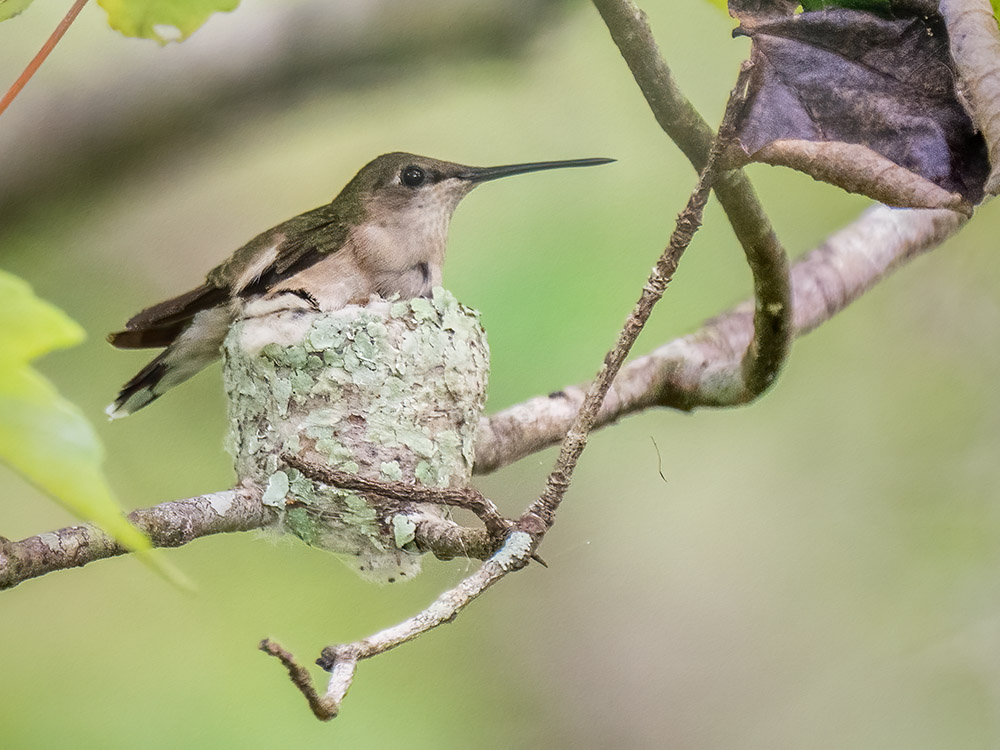
Hummingbird Nest
Screenprinter
Add biography text for your team member here. You can also remove this text if you’d rather just have a name and title.
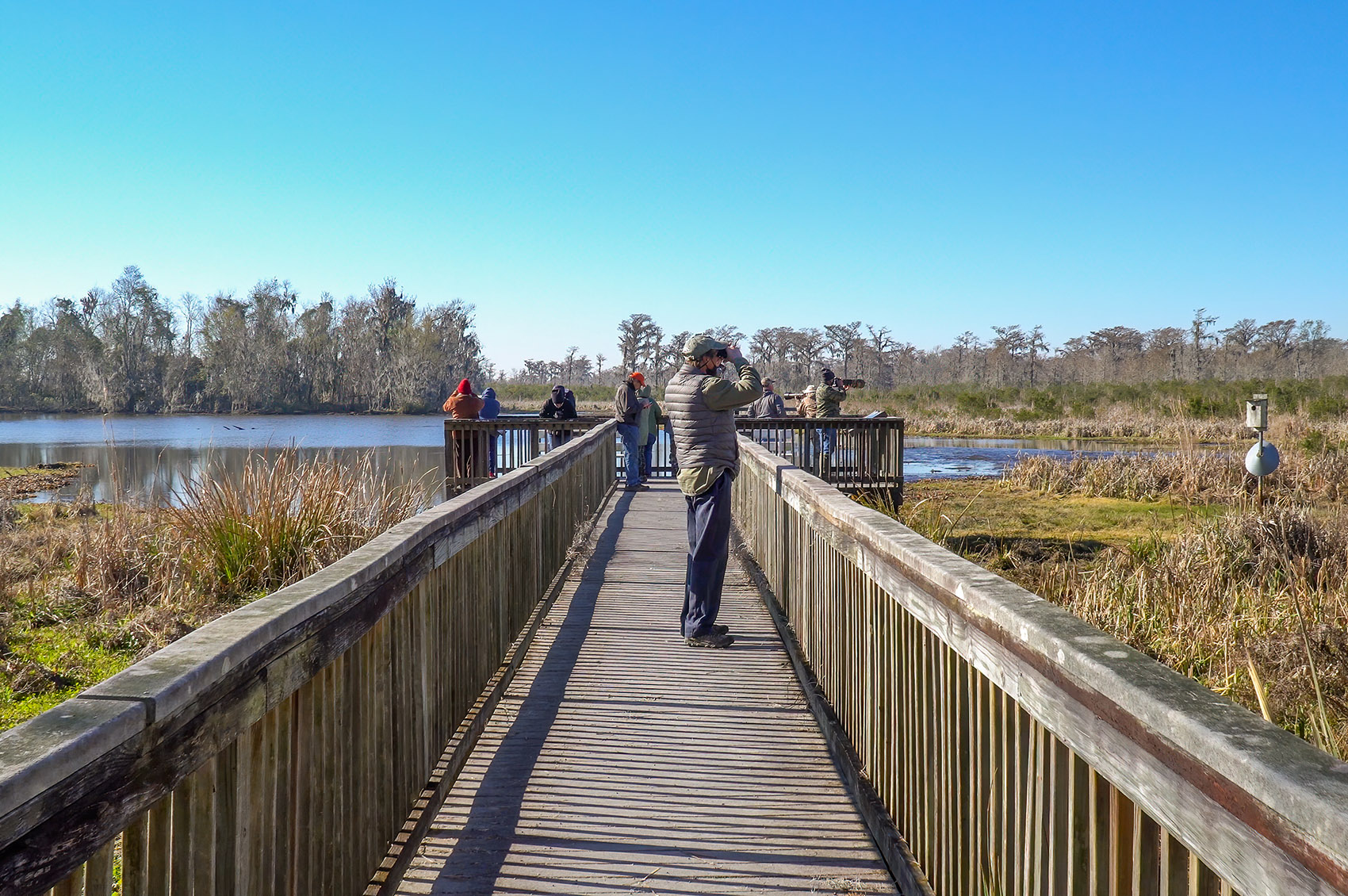
Mandalay Refuge
People Engineer
Add biography text for your team member here. You can also remove this text if you’d rather just have a name and title.
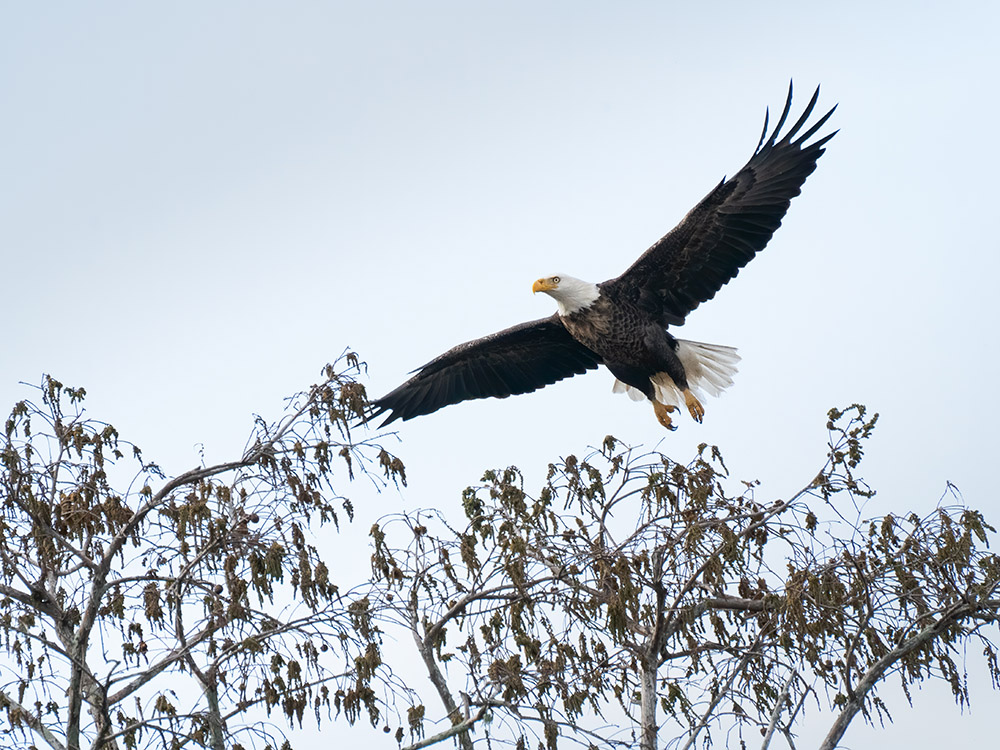
Swamp Tour
Office Manager
Add biography text for your team member here. You can also remove this text if you’d rather just have a name and title.

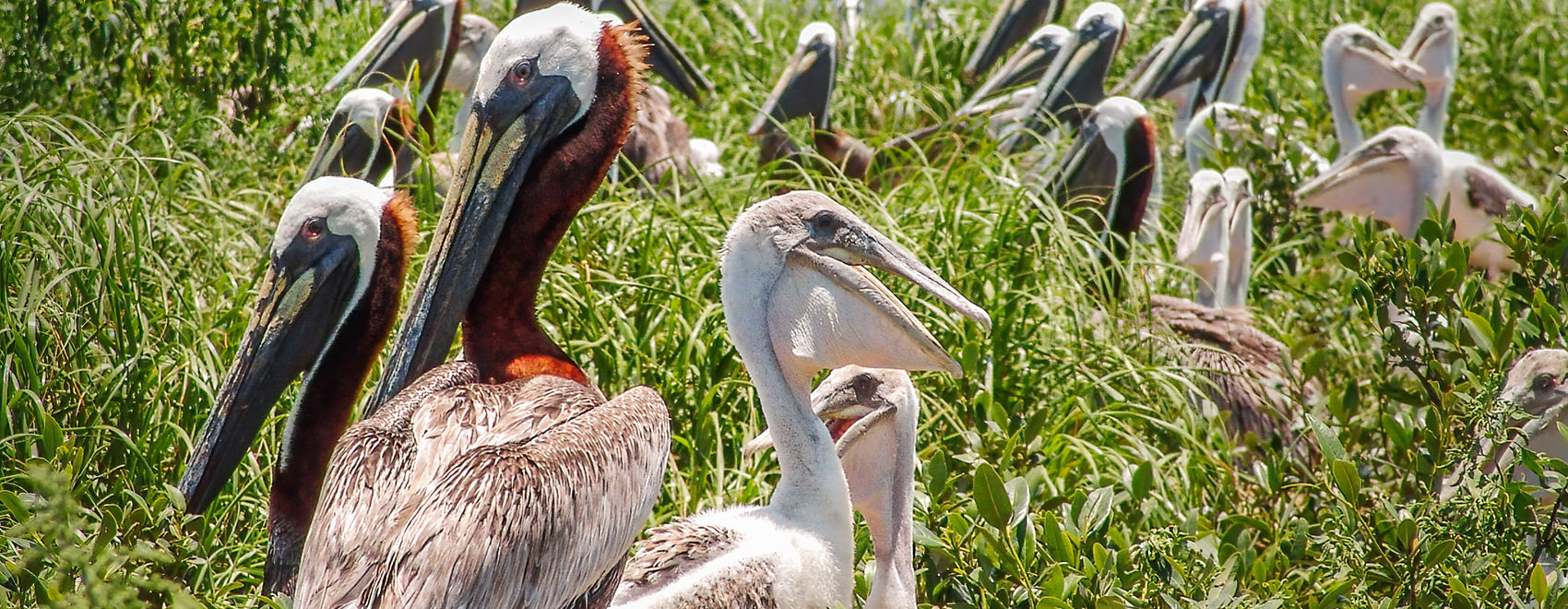
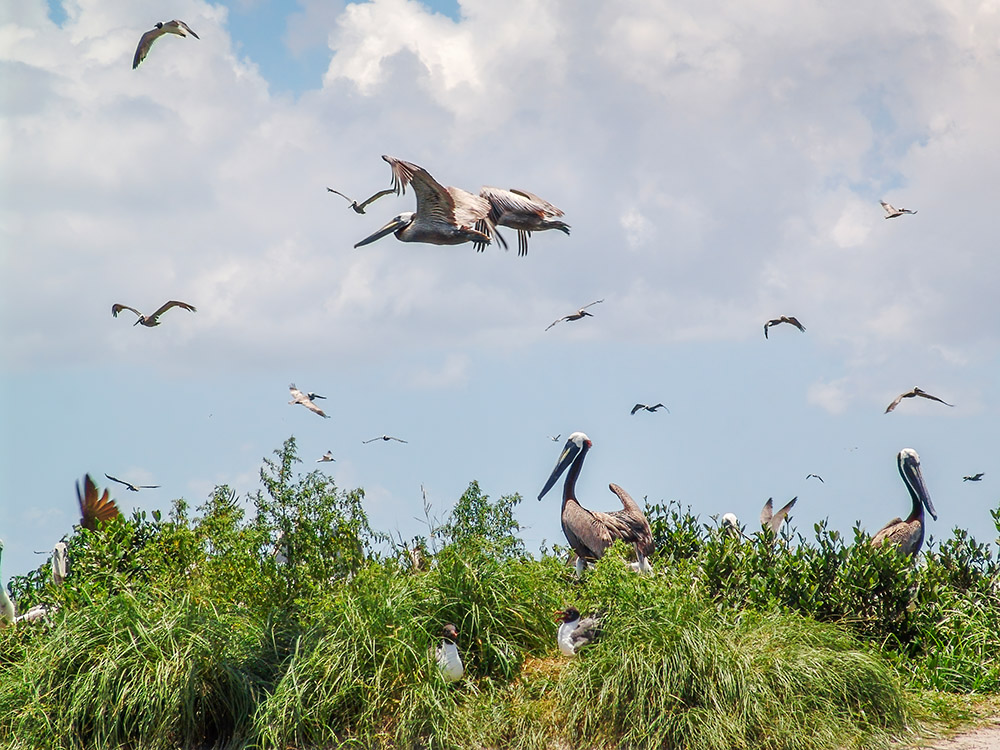
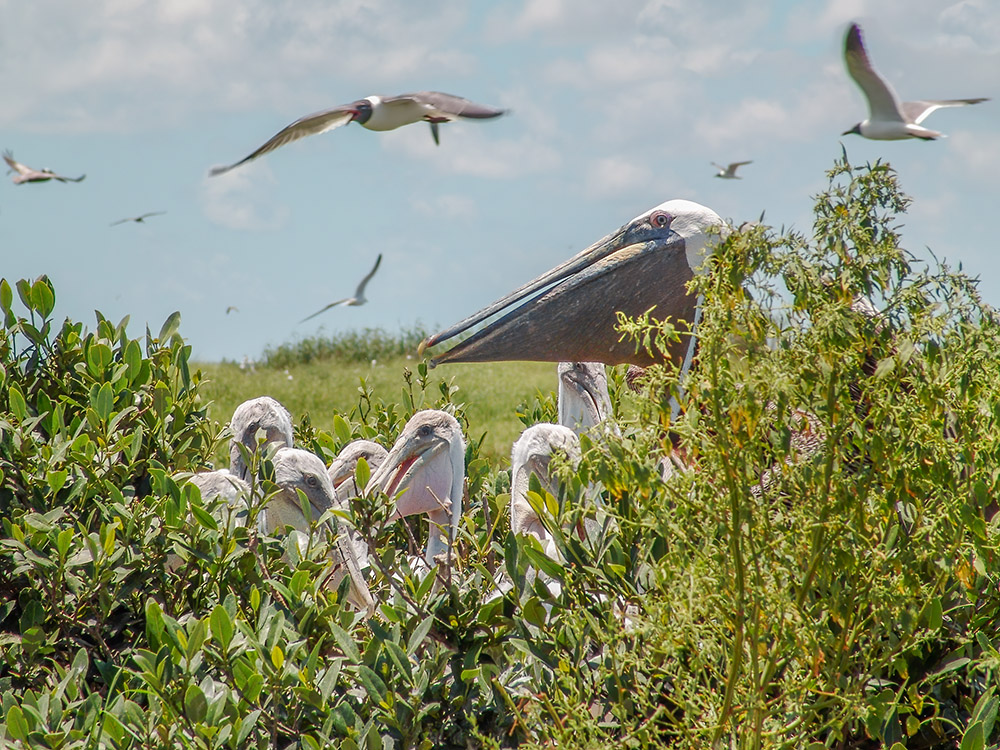
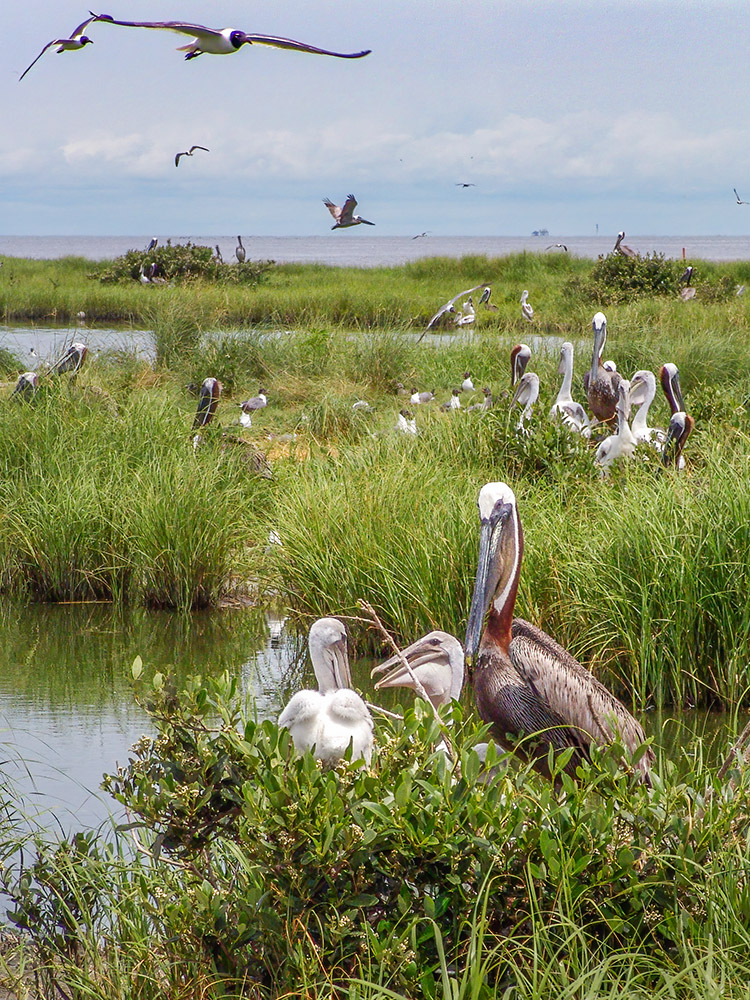
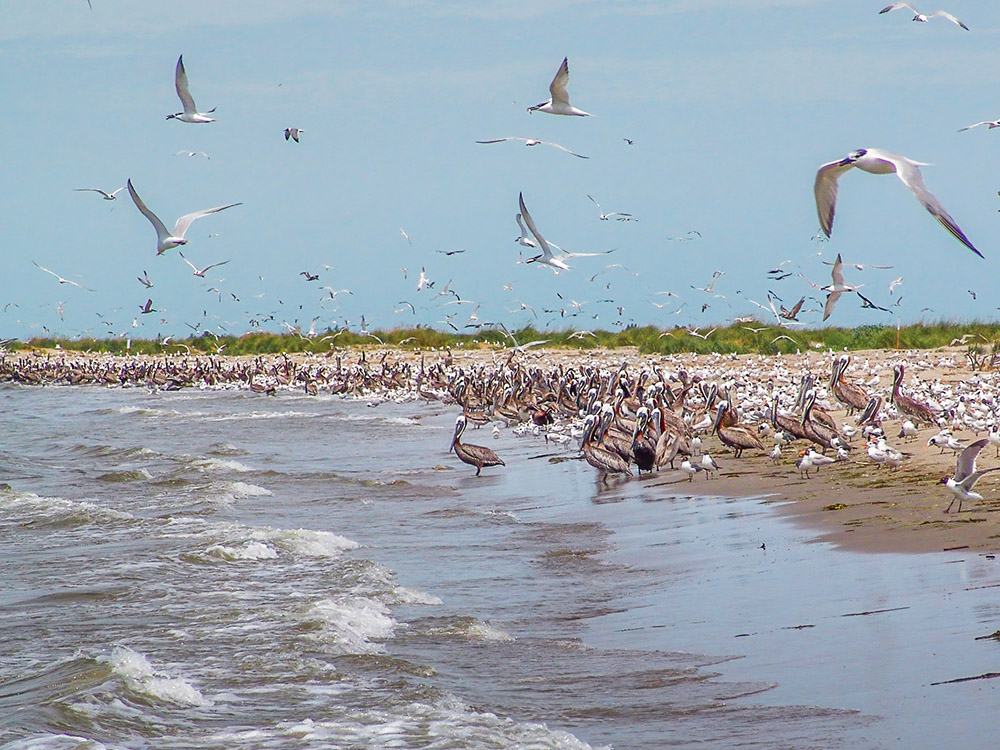
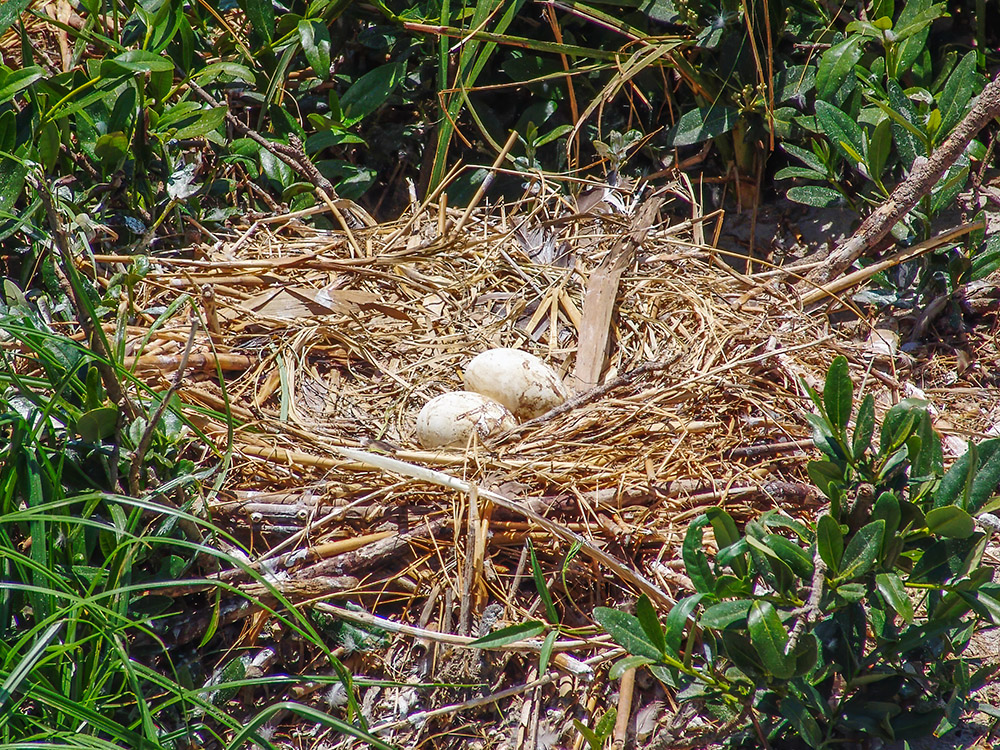
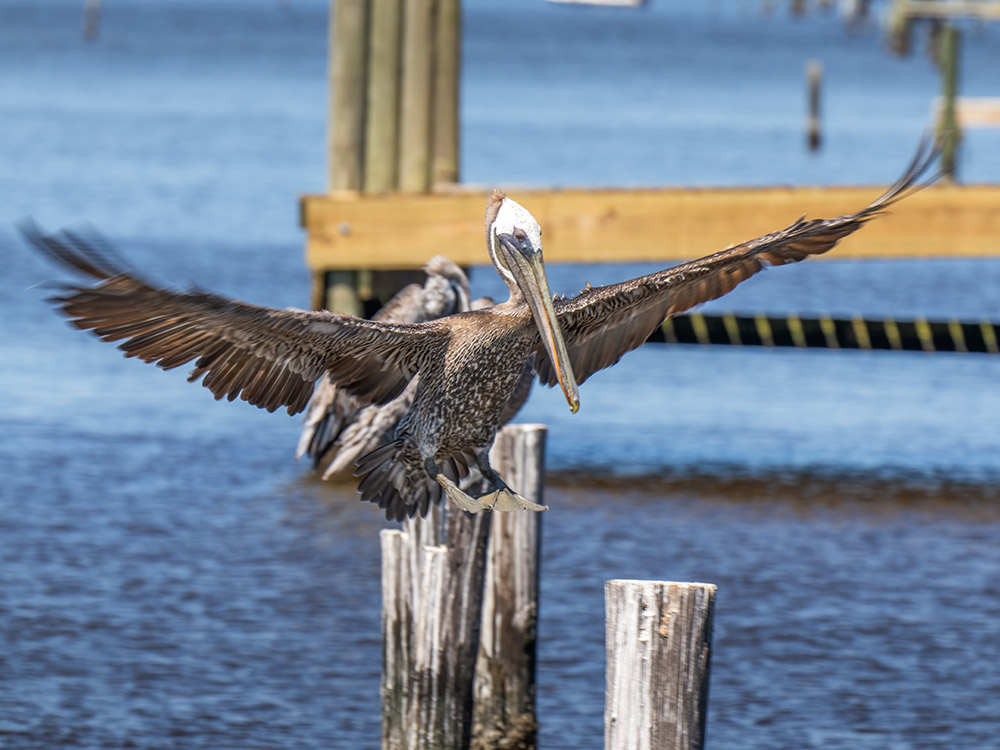

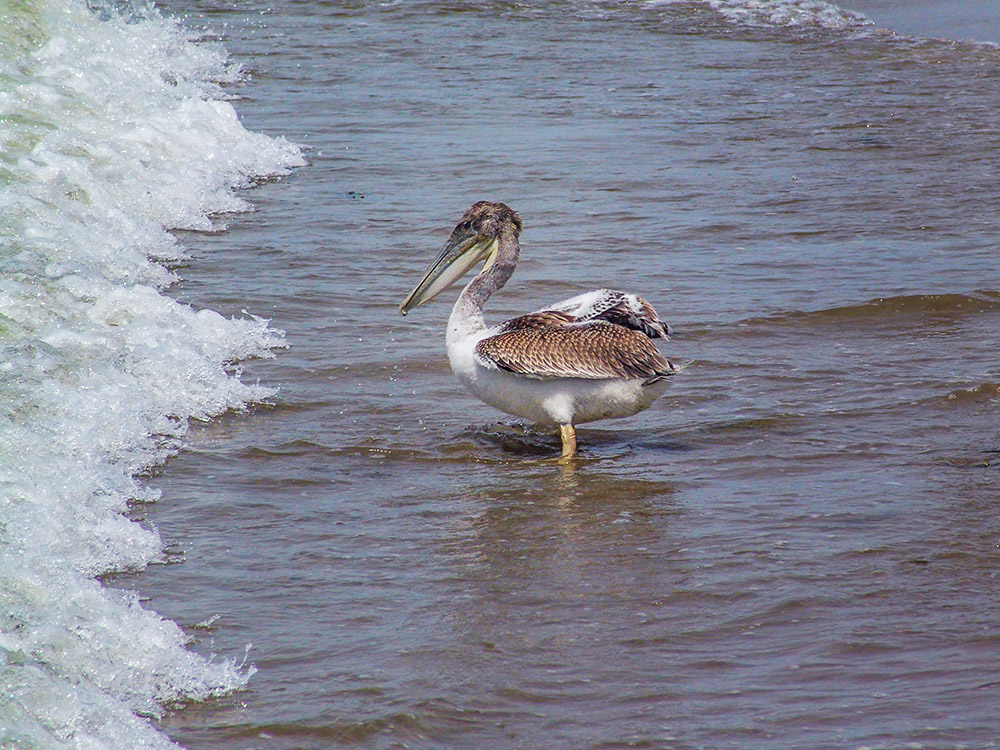
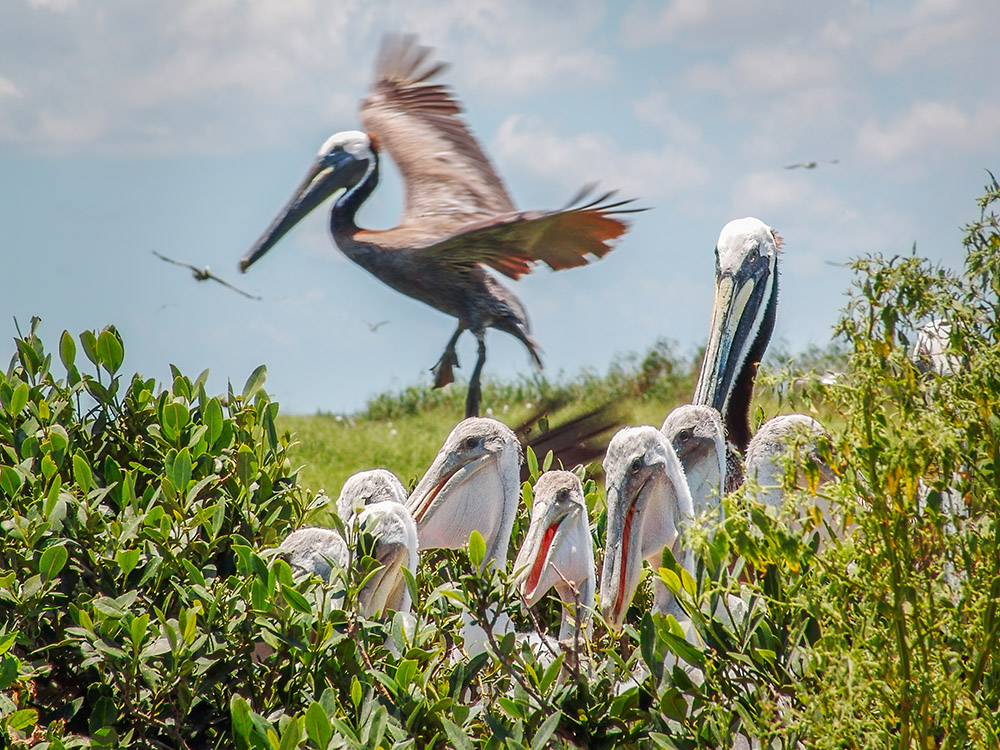
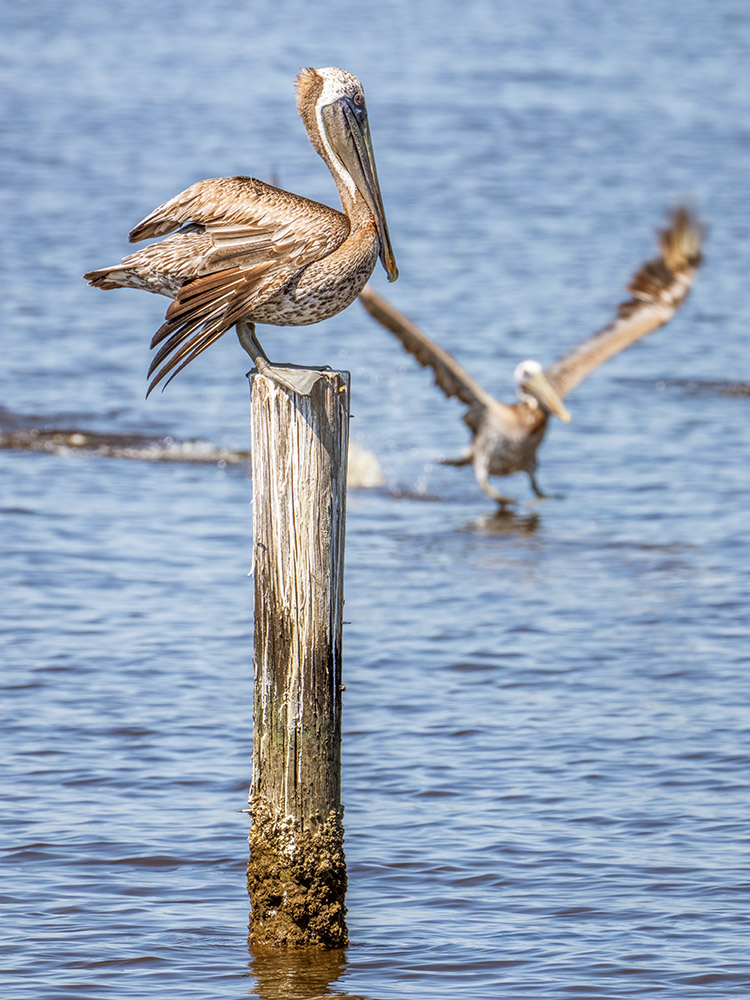
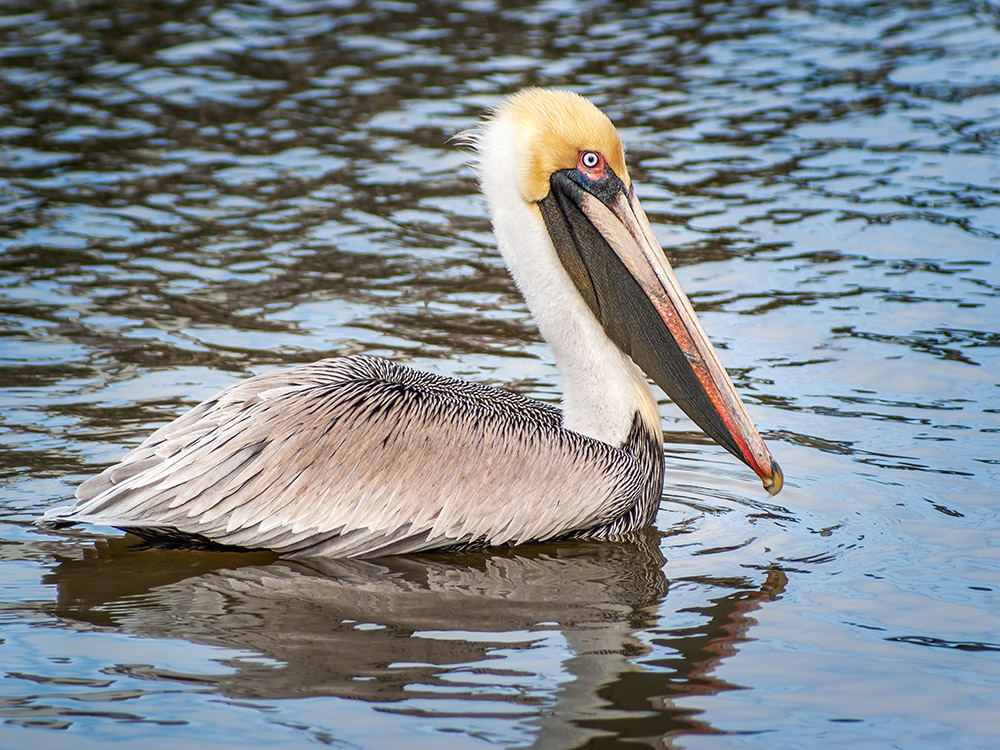
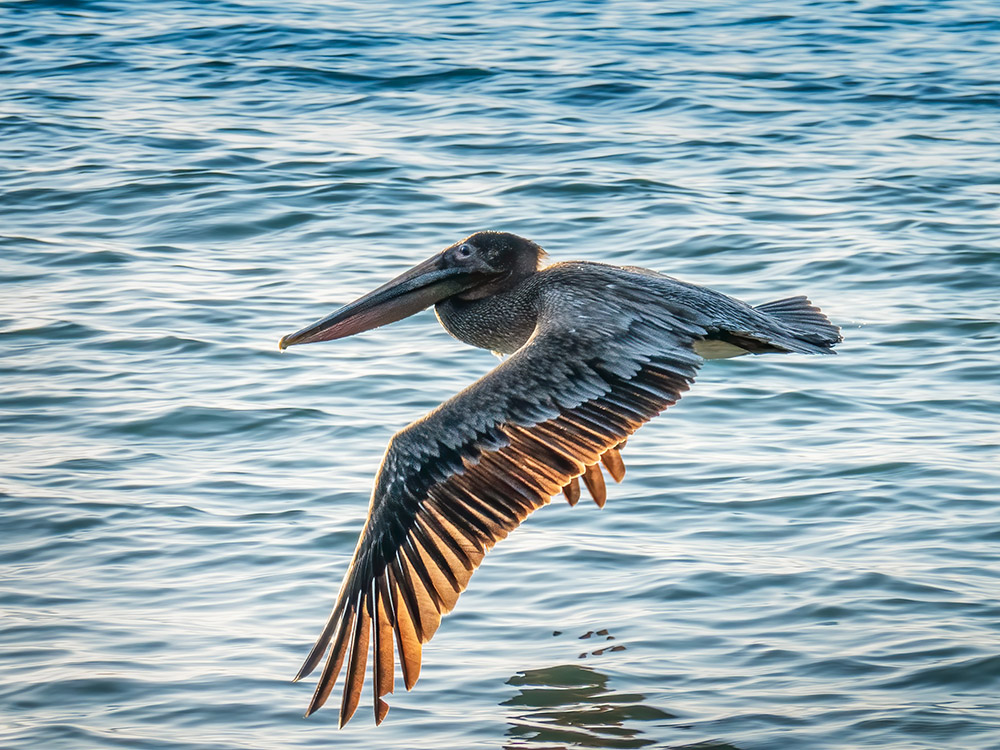
Leave a Reply